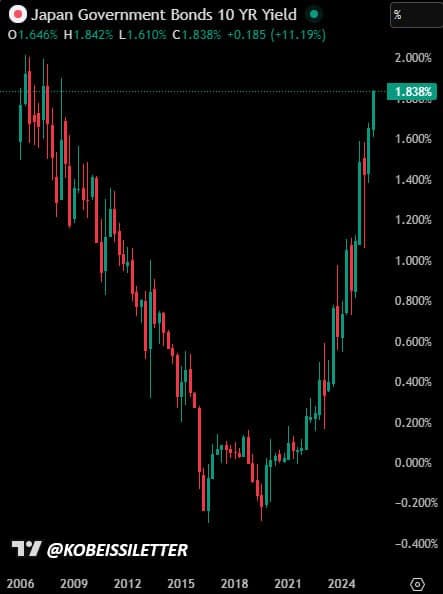EU Faces Surge in Border Tensions as NATO Reassesses Defense Strategies
In a rapidly evolving geopolitical landscape, the European Union (EU) is grappling with escalating border tensions as NATO reassesses its defense strategies amidst rising security concerns. This shift comes in the wake of increasing military activity in Eastern Europe and growing anxieties over migration flows. With EU nations bracing for potential challenges, the implications for regional stability and security are significant.
The backdrop to this surge in border tensions is complex, marked by a confluence of historical grievances, economic instability, and shifting political alliances. Over the past several months, the EU has seen a notable increase in military maneuvers along its eastern borders, particularly in response to perceived threats from Russia. As previously reported, NATO"s recent military exercises and troop deployments signal a new phase in defense preparedness, raising questions about the bloc"s collective security framework and its ability to respond to emerging crises.
At the forefront of this situation is the ongoing conflict in Ukraine, which has heightened fears of spillover effects into neighboring EU countries. Additionally, recent developments in the Middle East, such as the Israeli Finance Minister"s claims regarding security measures along the Gaza border, mirror similar dynamics in the EU, where border security is becoming increasingly prioritized. EU leaders are now faced with the dual challenge of managing external threats while navigating internal divisions related to migration and asylum policies.
Experts emphasize that the EU"s response to these challenges requires a multifaceted approach. Dr. Elena Vasilyeva, a political analyst specializing in European security, notes, "The EU must not only bolster its military readiness but also address the underlying socio-economic factors that drive migration. A comprehensive strategy is essential to ensure stability." This sentiment is echoed by many policymakers who argue that without addressing the root causes of migration, the EU risks exacerbating existing tensions at its borders.
The implications of these developments are far-reaching. As NATO recalibrates its defense strategies, EU member states are likely to experience heightened scrutiny of their border policies and military readiness. Increased military presence along borders may deter potential threats but could also lead to friction with neighboring countries, particularly those that perceive such actions as aggressive. Furthermore, the potential for a humanitarian crisis looms large, with increased border security measures likely to complicate the already fraught migration landscape, which has seen a resurgence in arrivals from conflict-ridden regions.
Looking ahead, the EU faces critical decisions that will shape its geopolitical landscape for years to come. A cohesive response to border tensions and migration dynamics will be essential, necessitating collaboration among member states and a renewed commitment to shared values of human rights and security. As the situation continues to evolve, stakeholders are urged to engage in constructive dialogue and seek solutions that address both security concerns and humanitarian needs.
In conclusion, the current surge in border tensions within the EU underscores the urgent need for a comprehensive and coordinated strategy. As NATO reassesses its defense posture, EU leaders must navigate the complex interplay of security, migration, and human rights. The path forward will require not only military preparedness but also a commitment to addressing the underlying issues that contribute to instability in the region.

![[Video] AG Pam Bondi announces National Guard deployment to major cities](/_next/image?url=%2Fapi%2Fimage%2Fthumbnails%2Fthumbnail-1764570647822-2ntma-thumbnail.jpg&w=3840&q=75)
![[Video] Trump clarifies warning on Venezuelan airspace, denies imminent airstrike](/_next/image?url=%2Fapi%2Fimage%2Fthumbnails%2Fthumbnail-1764566443219-7y8osh-thumbnail.jpg&w=3840&q=75)




